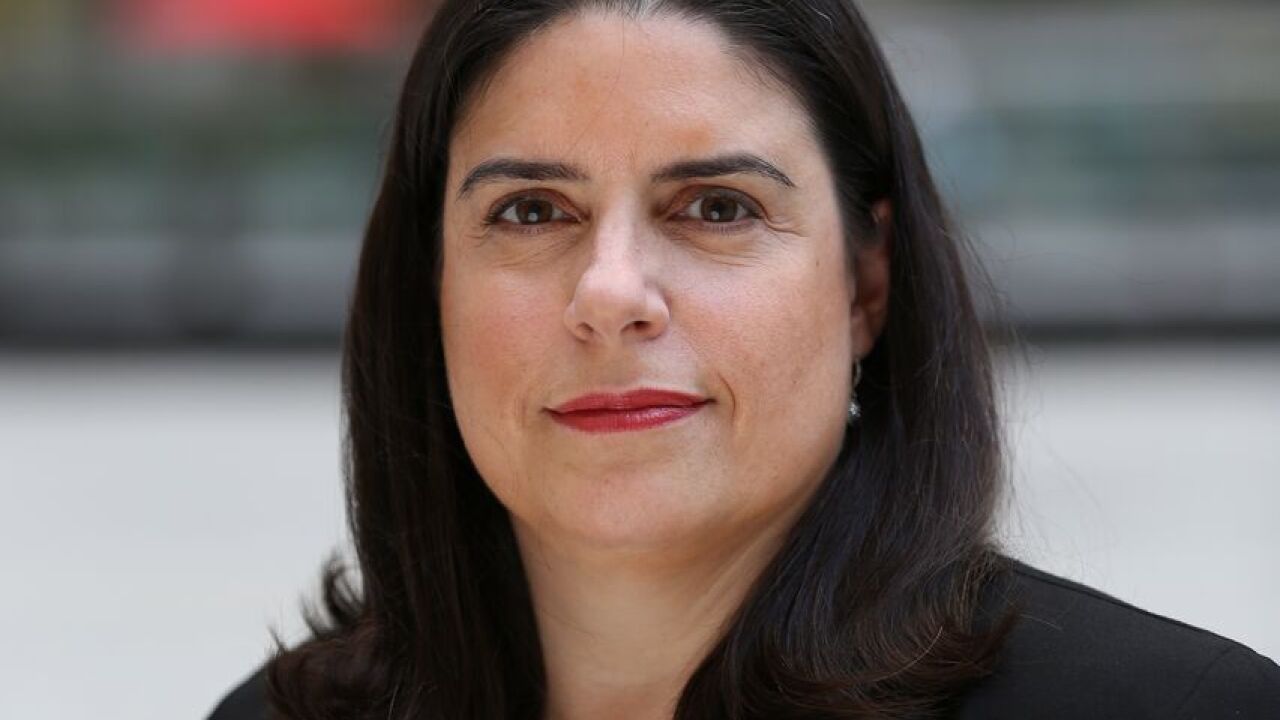President Trump moved forward with
Should the trade tensions with China linger and cause consumers to pull back on spending, Federal Reserve Bank of Atlanta President Rafael Bostic said he’d be willing to do "whatever it takes" to keep the economy on target, according to reports. Responding to a question, in a roundtable discussion in Mississippi, he said rate cuts could be considered, depending on the severity of the situation.
Economic data suggest the Fed will keep rates on hold for the rest of the year, unless trade tensions escalate. The consumer price index on Friday came in under expectations, as had the producer price index a day earlier, while gross domestic product surprised to the upside earlier this month.

Federal Reserve Bank of New York President John Williams said “normal volatility” has restrained inflation numbers. Trimmed-mean inflation, a measure he prefers, has been running at 2%, with no “signs of trending up or down,” he said in a speech in the Bronx Friday, according to prepared text released by the Fed.
And while he called the most recent growth figures “impressive,” he still forecast growth will slow from 3% last year to about 2.25% this year, still above trend.
“In a nutshell: The economy remains on a path of healthy growth, with a very strong labor market and without the emergence of inflationary pressures,” Williams said. “The current setting of policy positions us well to keep it that way.”
Much like Fed Chair Jerome Powell, who says he looks at trends rather than single-month volatility on indicators, Williams said, “we are in the right place in terms of monetary policy,” and his opinion “has not changed of late.”
Besides stronger-than-expected growth, he said, improving conditions in China’s economy “and the reversal in the tightening of financial markets all imply that near-term risks to growth have receded somewhat.”
As a result, Williams is confident of “moderate” economic growth and “muted” inflationary pressures.
“Williams echoed [Fed Vice Chair Richard] Clarida (“We are in a good place”) and Powell (trimmed mean inflation is trendless), but core commodities continue to deteriorate,” said Gary Pzegeo, head of fixed income at CIBC US Private Wealth Management. “Commodities excluding food and energy are down 0.2% over the prior year and down nearly 3% over the last three months annualized. Inflation markets are choosing to follow commodity prices rather than wait for the transient effect to play out. 10-year breakeven inflation has dropped 10 basis points over the last 2 weeks despite the Fed’s call for patience.”
April’s CPI rose 0.3% after a 0.4% gain in March, while the core rate (which excludes food and energy), rose 0.1% for the third straight month, below economists’ projections for 0.4% growth in the headline number and 0.2% in the core.
Year-over-year CPI grew 2.0% and core rose 2.1%, with economists polled by IFR Markets projecting increases of 2.1% in both indices.
“The gasoline index continued to increase, rising 5.7 percent and accounting for over two-thirds of the seasonally adjusted all items monthly increase,” the report said.
Headline and core personal consumption expenditures likely gained 1.5% on an annualized basis in April, according to Berenberg Capital Markets, while Morgan Stanley Research sees the headline number at 1.6% and the core at 1.7%.
Since inflation is within expectations and the economy solid, Arthur Bass, managing director of fixed income financing, futures and rates at Wedbush, said, "It seems to me the Fed is dramatically unchanged, and my expectation is they will remain on hold for the foreseeable future, possibly through year end. That can obviously change if the recent equity correction becomes more severe and impacts other risk markets." He added, "Trade is an obvious wild card."
Separately, in a speech in Washington, D.C., Fed Gov. Lael Brainard said sluggish wage growth and increasing costs for housing, education and healthcare could result in weaker consumer demand, and slower economic growth.





